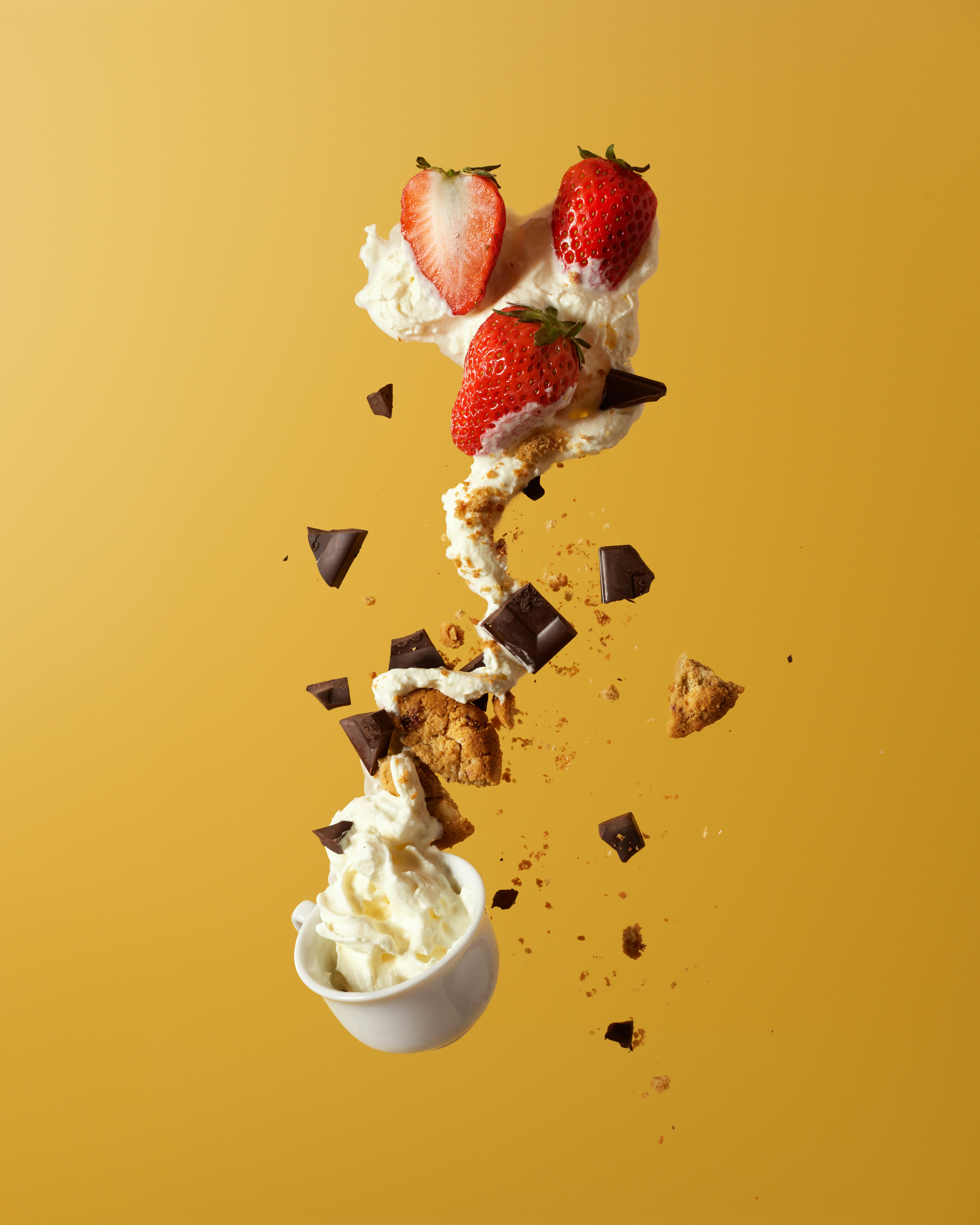How to Care for the Wings of Flying Rodents Such as Sugar Gliders

Care and Maintenance of Flying Rodent Wings, Especially Sugar Gliders
Flying rodents like sugar gliders possess a unique anatomy that allows them to glide from tree to tree in their native forest environments. As charming and distinctive as these creatures are, owning one requires specific knowledge about their care, particularly when it comes to their wings — more accurately termed 'patagia' in the case of sugar gliders. This post will guide you through the essential steps needed to keep your flying rodent healthy and happy, focusing on how to maintain their gliding membranes effectively.
Understanding Their Anatomy
The 'wings' of a sugar glider are not true wings but are instead gliding membranes that stretch from their fifth finger to their ankle. This membrane allows them to glide through the air gracefully, an essential survival skill in the wild that also provides remarkable mobility.
Regular Inspection and Care
Regularly examining your pet's gliding membranes is crucial. Look for any tears, cuts, or signs of infection like redness or swelling. Early detection will help you address issues before they become serious. It's advisable to gently extend the membrane under a soft light and inspect it thoroughly at least once a month.
Cleaning the Membranes
Keeping the membranes clean is key to their health. Use a damp cloth with lukewarm water, gently wiping the membranes to remove any dirt or debris. Avoid any harsh chemicals or soaps, as these can dry out or damage the delicate skin. After cleaning, ensure the membranes are completely dry before your sugar glider uses them to glide again.
Providing a Safe Environment
To minimize injuries, create a safe environment for your flying rodent. Provide plenty of space for them to glide, preferably in a room without sharp objects or hazards that they could collide with. Also, the enclosure should be large enough to accommodate their gliding with branches and perches positioned strategically to mimic their natural habitat.
Nutrition and Health
Proper nutrition is also crucial for maintaining the health of the gliding membranes. A diet rich in fresh fruits, vegetables, and protein sources like insects will ensure they have all the necessary nutrients for healthy skin and membranes. Occasionally, a vet might also recommend supplements if your pet is showing signs of deficiencies.
Regular Veterinary Visits
Regular check-ups with a veterinarian experienced in exotic animals are essential. Your vet can help manage any potential health issues and offer advice specific to your pet's needs, ensuring their wings and overall health are in top condition.
Training and Handling
Handling your sugar glider correctly is important to avoid damaging their membranes. Train them gradually to accept your hand and being lifted, always supporting their body and avoiding unnecessary stress on their gliding skin.
Caring for a flying rodent like a sugar glider can be a unique and rewarding experience but requires specific knowledge and dedication. By understanding their needs and providing them with the right care, you can ensure a healthy and joyful life for these extraordinary pets.